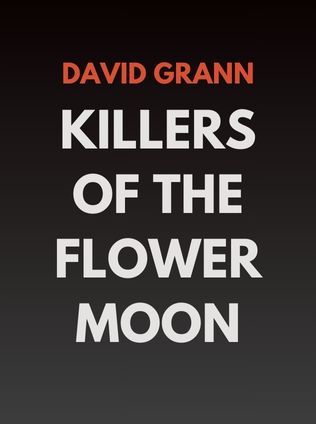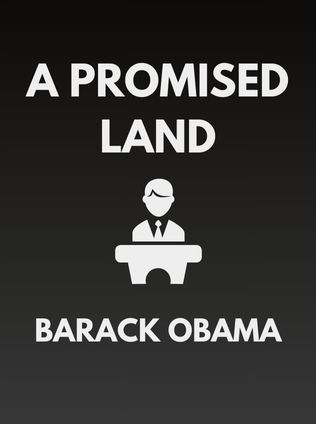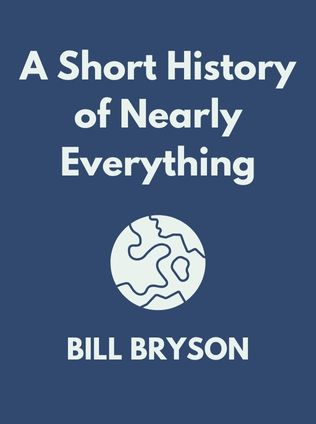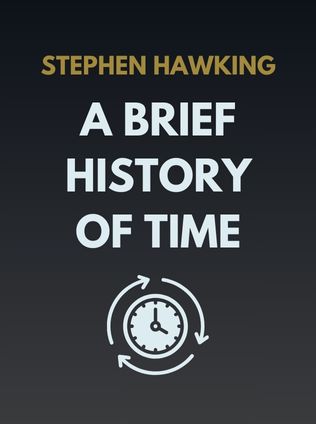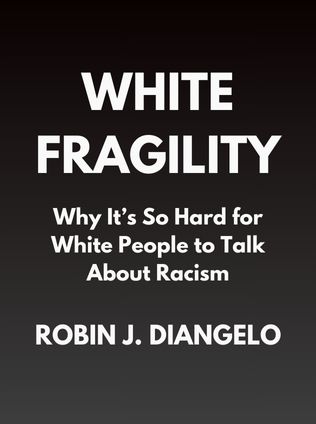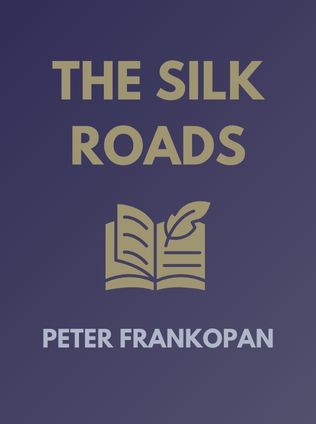
The Silk Roads
A New History of the World
By Peter Frankopan
Published 01/2015
About the Author
Peter Frankopan is a distinguished historian and scholar, renowned for his work that challenges conventional Eurocentric narratives of world history. He serves as a professor at the University of Oxford and directs the Oxford Centre for Byzantine Research, where his research focuses on the histories of the Eastern Mediterranean, the Middle East, and Central Asia. Frankopan's academic pursuits are marked by a deep interest in the connections and exchanges that have shaped civilizations across the Silk Roads—a network of trade routes that historically linked the East and the West.
His groundbreaking book, The Silk Roads: A New History of the World, reorients our understanding of history by placing the East, rather than Europe, at the center of the narrative. Frankopan’s work is characterized by its depth of research, its ambitious scope, and its ability to weave together complex historical threads into a compelling and coherent story. His approach encourages readers to reconsider the significance of the regions stretching from the Mediterranean to the Himalayas—areas that have been crucial to the development of global civilization but are often overlooked in traditional historical accounts.
Main Idea
The central thesis of The Silk Roads is that the history of the world has been profoundly shaped by the interactions, exchanges, and conflicts that took place along the Silk Roads. Frankopan argues that these ancient trade routes were not merely channels for the exchange of goods such as silk, spices, and precious metals, but were also vital conduits for the transmission of ideas, religions, technologies, and cultures. By shifting the focus from the West to the East, Frankopan challenges the traditional Eurocentric narrative and highlights the pivotal role that the regions of Central Asia, the Middle East, and beyond have played in shaping the course of history.
Throughout the book, Frankopan traces the development of the Silk Roads from ancient times to the modern era, demonstrating how these routes have been at the heart of major historical events—from the rise and fall of empires to the spread of religions and the emergence of global trade networks. He argues that understanding the history of the Silk Roads is essential for understanding the history of the world itself.
Table of Contents
- Introduction: The Silk Roads as the Heart of History
- The Creation of the Silk Roads
- The Rise of Islam and Its Impact on the Silk Roads
- The Crusades and the New Connections Between East and West
- The Mongol Empire and the Expansion of the Silk Roads
- The Age of Exploration and the Decline of the Silk Roads
- The Modern Silk Roads: Oil, War, and Globalization
- Conclusion: The Silk Roads in the Twenty-First Century
Introduction: The Silk Roads as the Heart of History
Peter Frankopan begins his narrative by redefining the traditional Eurocentric perspective of history, urging us to view the world through the lens of the Silk Roads. He argues that these ancient trade routes, which spanned continents and connected diverse civilizations, have been the true epicenter of global history. Rather than seeing history as a series of events centered around Europe, Frankopan encourages us to consider the dynamic and influential role of the East—particularly the regions that lie along the Silk Roads.
The Silk Roads were more than just trade routes; they were the lifeblood of civilization, facilitating the exchange of goods, ideas, and cultures between the East and the West. These routes allowed for the movement of silk, spices, precious metals, and other goods, but more importantly, they enabled the flow of knowledge, technology, religion, and culture. The interactions that took place along the Silk Roads were often complex and multifaceted, involving not only commerce but also diplomacy, warfare, and cultural exchange.
“For centuries, the Silk Roads were the world's central nervous system, linking together peoples and cultures and allowing them to interact in ways that were both productive and destructive.” - Peter Frankopan
Frankopan’s approach is both ambitious and enlightening, as he seeks to reorient our understanding of global history by placing the Silk Roads at the center. This perspective allows us to see the interconnectedness of human societies and the ways in which the East has played a crucial role in shaping the world as we know it. By focusing on the Silk Roads, Frankopan provides a more holistic and inclusive view of history—one that acknowledges the contributions of the East and recognizes the importance of cross-cultural exchanges in the development of civilization.
The Creation of the Silk Roads
The origins of the Silk Roads can be traced back to the ancient empires of Persia and China, two of the most powerful and advanced civilizations of their time. These empires recognized the strategic and economic value of the lands that lay between them—lands rich in natural resources and situated at the crossroads of important trade routes. The Persian Empire, in particular, played a crucial role in establishing the infrastructure that would become the Silk Roads.
Frankopan delves into the history of these early empires, exploring how their ambitions and rivalries laid the groundwork for the Silk Roads. The Persian Empire, under the rule of the Achaemenid dynasty, built a network of roads and trade routes that connected the empire to the wider world. These routes facilitated the movement of goods, people, and ideas across vast distances, linking the Mediterranean with the Indian subcontinent and beyond.
Sign up for FREE and get access to 1,400+ books summaries.
You May Also Like
Rich Dad Poor Dad
What the Rich Teach Their Kids About Money - That the Poor and Middle Class Do Not!
By Robert T. KiyosakiFreakonomics
A Rogue Economist Explores the Hidden Side of Everything
By Steven D. Levitt and Stephen J. DubnerI Am Malala
The Story of the Girl Who Stood Up for Education and Was Shot by the Taliban
By Malala YousafzaiFactfulness
Ten Reasons We're Wrong About the World – and Why Things Are Better Than You Think
By Hans Rosling










